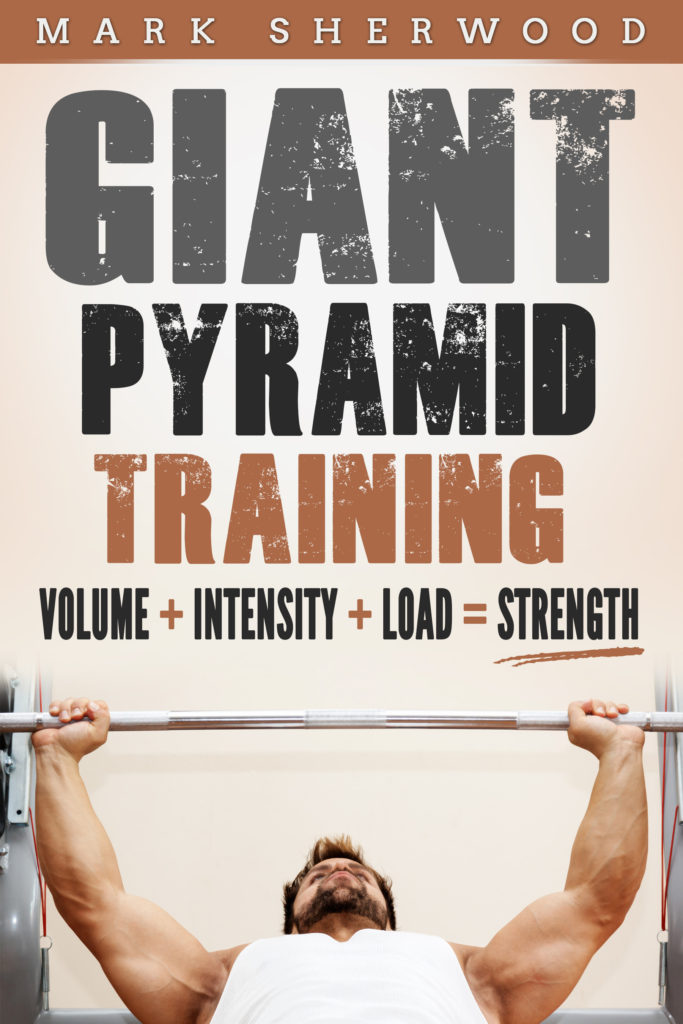When it comes to selecting how much training volume to use, my general advice for powerlifting is to do two to four work-sets for each muscle group. The weight and intensity should not be so high that perfect lifting form is compromised, nor should the weight cause your rep speed to slowdown for more than one rep (the last rep) for each set. When these guidelines for the number of sets and the amount of intensity are followed, most lifters will respond best when working each muscle group two to three times per week. Always repeat enough workouts to allow the same amount of weight and reps to grow easier over time. If you prefer to use training cycles that range from one to three weeks, repeat enough cycles to allow the same cycle to grow easier over time.
High Volume Powerlifters
There are some powerlifters who can handle much more training than what I recommend. Each lifter must determine for himself how much training leads to the greatest benefit. One lifter who includes high volume training into his workout plan is Chad Wesley Smith. In the following video he does 13 work sets for the squat.
.
Perfect Form and Ideal Intensity
One of the best things about Chad’s training is his perfect form on every rep. Notice that almost every rep looks the same in terms of form and speed. On the occasions where Chad does slow down on rep speed, it’s only on the last rep of a set. This is exactly how I recommend that you train when selecting an ideal training intensity that determines how hard you should push each set.
The main point to understand about the weight and intensity you select is that you cannot survive high volume training if you are lifting so heavy that you are squeezing out slow grinder reps at the end of your sets. Notice from the video that as Chad proceeds through the workout, he decreases the weight when he needs to in order to maintain perfect form and a steady even rep pace throughout each set. Most lifters will find this to be necessary if they do more than five sets.
High Volume is Generally Applied as a Phase
High volume training is generally practiced as a phase of training among powerlifters who use it. You must also consider that high volume powerlifting workouts are generally only performed once per week for each muscle group. If you were to do high volume workouts on a long-term basis, chances are good that you will burnout and fail to gain strength. The same is true if you try to do two or three high volume workouts per week for each muscle group. Most lifters are only going to be able to endure high volume workouts for three to six weeks. After a high-volume phase, you will probably need to cut your training volume by one-third, or even in half. After you cut back on volume, you should start to feel stronger and gradually increase the weight for the next three to six weeks.
Is High Volume Powerlifting for You?
High volume powerlifting is not for everyone, but some lifters thrive on it. You won’t know if it works for you unless you try it. If you do try it, you must be reasonable by limiting the amount of weight and intensity to a level that would be appropriate for high volume training, and you must not overdo it on training frequency either.
Work Your Way up to it
For those who have not yet engaged in high volume training, but want to try it, it is important to work up to it. I would recommend that you start a high-volume phase with 6 to 8 sets for three to six weeks. If you can tolerate 6 to 8 sets, you can try increasing to 8 to 10 sets the next time you do a high-volume training phase. You can eventually work your way up to high volume phases consisting of 10 to 12 sets for each muscle group, but I only recommend doing this if you already found 8 to 10 sets to be beneficial. If an increase in volume fails to produce a benefit to your training, don’t keep increasing, instead, go back to the training volume that worked best.
If you love training, and you prefer to do workouts that include a lot of sets and reps, consider the guidelines that were discussed in this article and apply them to your workouts. Best of training to you.
Related Reading
See the homepage of this website to read the following book.

